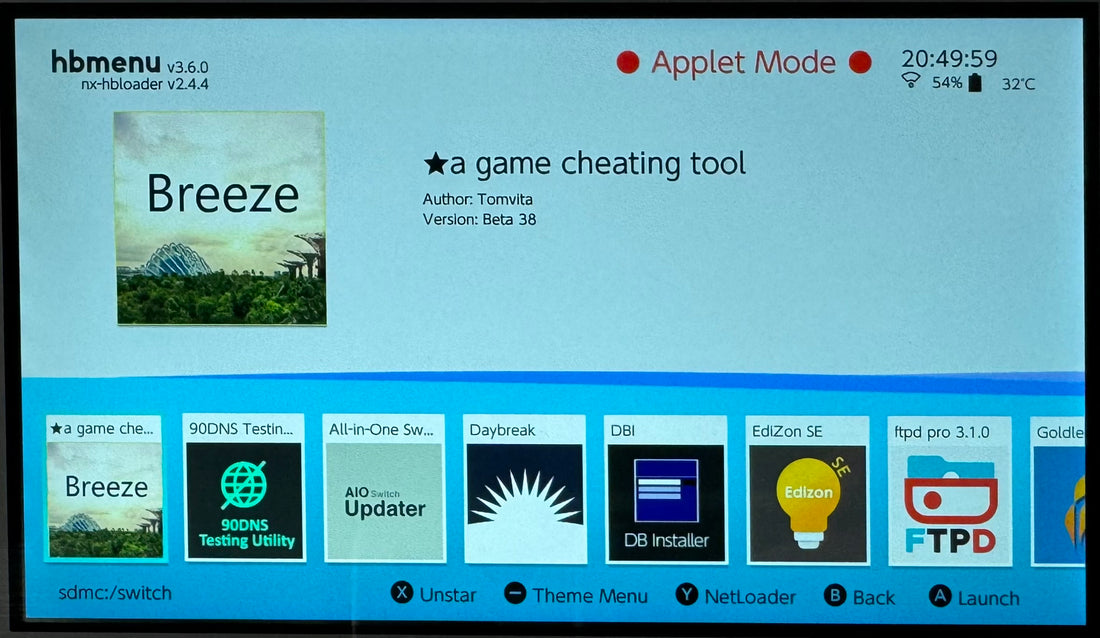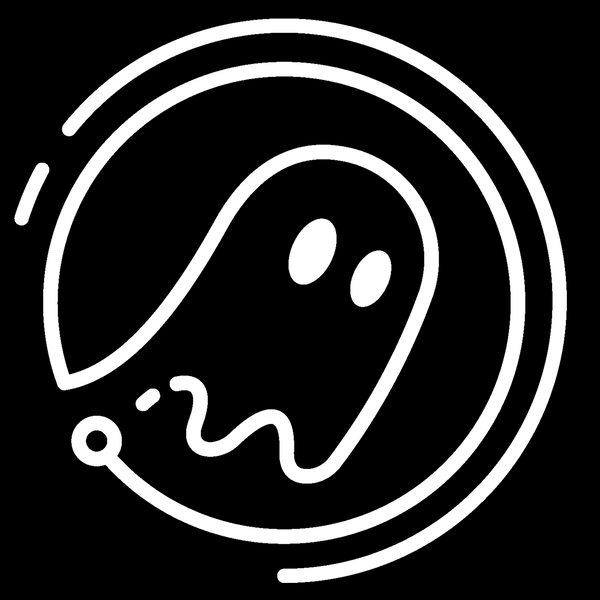
What can you do with a modded Nintendo Switch?
Share
A custom firmware (CFW) modded Nintendo Switch opens up a range of possibilities beyond what a stock device can offer. Here are some things you can do:
1. Homebrew Applications
- Run homebrew apps: These are community-developed applications that can add new features, utilities, or games to your system. Examples include emulators, file managers, media players, and custom game launchers.
2. Emulation
- Emulate older consoles: You can run emulators for systems like the NES, SNES, Game Boy, Sega Genesis, PlayStation 1, and others, essentially turning your Switch into a retro gaming device.
3. Backup and Run Games
- Backup your games: CFW allows you to dump and store your game cartridges or digital games locally on your Switch or an external device, enabling you to play without needing the physical media.
- Run game backups: You can also run your own backups, though this may void warranties or breach terms of service.
4. Mod Games
- Apply mods to games: Many popular games have modding communities that create new content, character skins, gameplay tweaks, or other modifications. CFW can allow you to apply these mods.
5. Cheats and Save Editing
- Enable cheats: CFW allows the use of cheats in games, whether for unlocking content or making a game easier.
- Edit save files: You can modify game save data, such as giving yourself maximum in-game currency or items.
6. Linux or Android Installation
- Install Linux or Android OS: You can install a version of Linux or even Android on a modded Switch, turning it into a versatile tablet with access to apps, browsers, and other features.
7. Custom Themes and UI Mods
- Customize your Switch’s UI: CFW can allow you to install custom themes, icons, and change system sounds to better personalize your device.
8. Overclocking and Performance Tweaks
- Overclock the Switch's CPU/GPU: You can push the hardware beyond its stock settings, potentially improving performance in certain games or applications. Be aware, though, this can risk overheating or damaging your system over time.
9. Online Restrictions
- Offline-only or stealth mode: If you run CFW, accessing Nintendo's online services (like the eShop or online multiplayer) can risk getting your console permanently banned. However, some users run CFW in "stealth" mode or dual-boot between CFW and stock firmware to mitigate this.
10. Custom Controller Configurations
- Use non-standard controllers: CFW can allow the use of controllers or peripherals that aren't officially supported by the stock firmware.
Important Considerations:
- Warranty and Risks: Installing CFW can void your warranty and possibly lead to permanent bans from Nintendo's online services if detected.
- Bricking Risks: There's always a chance of "bricking" your Switch (making it unusable) if something goes wrong during the modding process.
- Legality: Some of the uses of CFW, particularly in terms of game piracy, are illegal and can have legal consequences.
1. Homebrew Applications
- Run homebrew apps: These are community-developed applications that can add new features, utilities, or games to your system. Examples include emulators, file managers, media players, and custom game launchers.
2. Emulation
- Emulate older consoles: You can run emulators for systems like the NES, SNES, Game Boy, Sega Genesis, PlayStation 1, and others, essentially turning your Switch into a retro gaming device.
3. Backup and Run Games
- Backup your games: CFW allows you to dump and store your game cartridges or digital games locally on your Switch or an external device, enabling you to play without needing the physical media.
- Run game backups: You can also run your own backups, though this may void warranties or breach terms of service.
4. Mod Games
- Apply mods to games: Many popular games have modding communities that create new content, character skins, gameplay tweaks, or other modifications. CFW can allow you to apply these mods.
5. Cheats and Save Editing
- Enable cheats: CFW allows the use of cheats in games, whether for unlocking content or making a game easier.
- Edit save files: You can modify game save data, such as giving yourself maximum in-game currency or items.
6. Linux or Android Installation
- Install Linux or Android OS: You can install a version of Linux or even Android on a modded Switch, turning it into a versatile tablet with access to apps, browsers, and other features.
7. Custom Themes and UI Mods
- Customize your Switch’s UI: CFW can allow you to install custom themes, icons, and change system sounds to better personalize your device.
8. Overclocking and Performance Tweaks
- Overclock the Switch's CPU/GPU: You can push the hardware beyond its stock settings, potentially improving performance in certain games or applications. Be aware, though, this can risk overheating or damaging your system over time.
9. Online Restrictions
- Offline-only or stealth mode: If you run CFW, accessing Nintendo's online services (like the eShop or online multiplayer) can risk getting your console permanently banned. However, some users run CFW in "stealth" mode or dual-boot between CFW and stock firmware to mitigate this.
10. Custom Controller Configurations
- Use non-standard controllers: CFW can allow the use of controllers or peripherals that aren't officially supported by the stock firmware.
Important Considerations:
- Warranty and Risks: Installing CFW can void your warranty and possibly lead to permanent bans from Nintendo's online services if detected.
- Bricking Risks: There's always a chance of "bricking" your Switch (making it unusable) if something goes wrong during the modding process.
- Legality: Some of the uses of CFW, particularly in terms of game piracy, are illegal and can have legal consequences.
